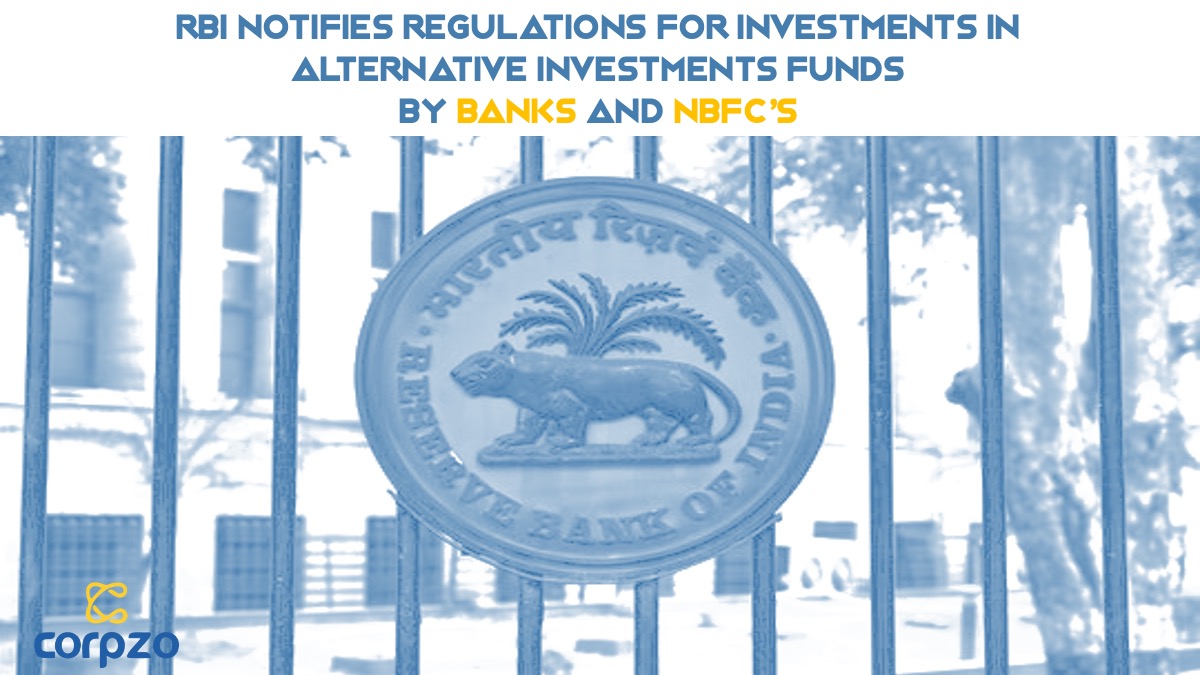 Introduction
Introduction
In a significant regulatory move, the Reserve Bank of India (RBI) has imposed stricter norms on investments made by regulated entities (REs), such as banks and non-banking finance companies (NBFCs), in Alternative Investment Funds (AIFs). This initiative is part of the RBI's ongoing strategy to enhance transparency and accountability within the Indian financial system, particularly addressing concerns surrounding the evergreening of stressed loans and the potential concealment of their true status.
Understanding AIFs and Their Role in the Financial Ecosystem
Alternative Investment Funds (AIFs) are specialized investment vehicles that pool resources from investors to engage in a variety of investment strategies. These funds, managed by professional fund managers, include private equity, real estate investments, hedge funds, and venture capital. AIFs offer investors an alternative to traditional investment avenues, providing diversification and potentially higher returns. However, their complexity and unique structures have necessitated closer regulatory scrutiny.
Evergreening of Stressed Loans: A Critical Concern
The term 'evergreening' refers to the practice of extending new credit or restructuring existing loans to borrowers, thereby masking the true financial health of the borrower and understating the extent of non-performing assets (NPAs) in the financial system. This practice poses risks not just to the entities involved but to the overall stability and transparency of the financial system.
RBI's Circular on AIF Investments: A Detailed Analysis
-
Prohibition on Investments in AIFs with Downstream Investments: The RBI has expressly forbidden REs from investing in AIF schemes that directly or indirectly funnel investments into debtor companies of the RE. This move aims to sever indirect channels that could be used to mask stressed assets.
-
Mandatory Liquidation of Existing Investments: Regulated entities are required to liquidate their investments in AIFs within 30 days if these funds subsequently invest in a debtor company. This stipulation is designed to prevent long-term indirect exposure to stressed assets.
-
Provisioning for Non-Liquidated Investments: REs failing to liquidate their investments within the specified timeframe must make a 100% provision against these investments, guarding against potential financial strain.
-
Priority Distribution Model and Capital Funds: Investments in AIFs with a 'priority distribution model' are subjected to full deduction from the RE's capital funds. This measure is intended to manage the risks associated with investments in subordinated units of AIFs.
Broader Impact on the Financial Industry
The RBI's guidelines are expected to reshape the investment landscape for REs, influencing the flow of funds into AIFs and potentially affecting their ability to raise capital and generate returns. This could also lead to a reassessment of investment strategies, particularly for REs with significant stakes in AIFs.
Compliance, Enforcement, and Industry Adaptation
Immediate compliance with these regulations is mandated for all REs, with the RBI poised to take enforcement actions in case of non-compliance. This requirement will necessitate a thorough review of existing investment portfolios and strategies among REs, with a focus on mitigating potential risks and aligning with the new regulatory framework.
Industry Response and Future Outlook
The industry's response to these guidelines has been mixed. Some stakeholders view these measures as essential for maintaining financial integrity, while others express concerns over reduced investment opportunities and the potential impact on the AIF industry. Seeking clarity from the RBI on certain aspects of the guidelines, industry participants are exploring alternative investment avenues that align with the regulatory framework.
Conclusion
The RBI's stringent norms on AIF investments underscore its commitment to enhancing the resilience and transparency of India's financial system. While posing challenges, these guidelines also offer opportunities for REs to refine their investment strategies, prioritizing stability and compliance. As the industry navigates these changes, collaboration and dialogue with the regulatory body will be crucial in maintaining a robust and dynamic financial ecosystem.
Link to Circular: Read Here

